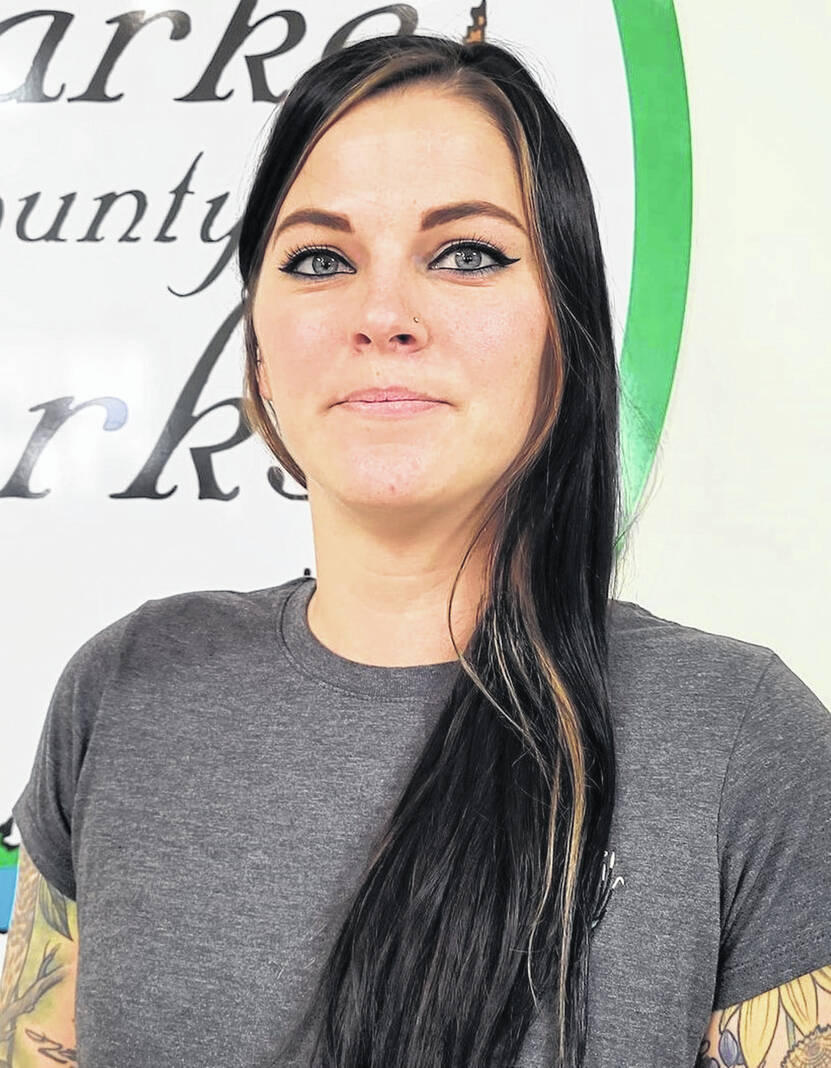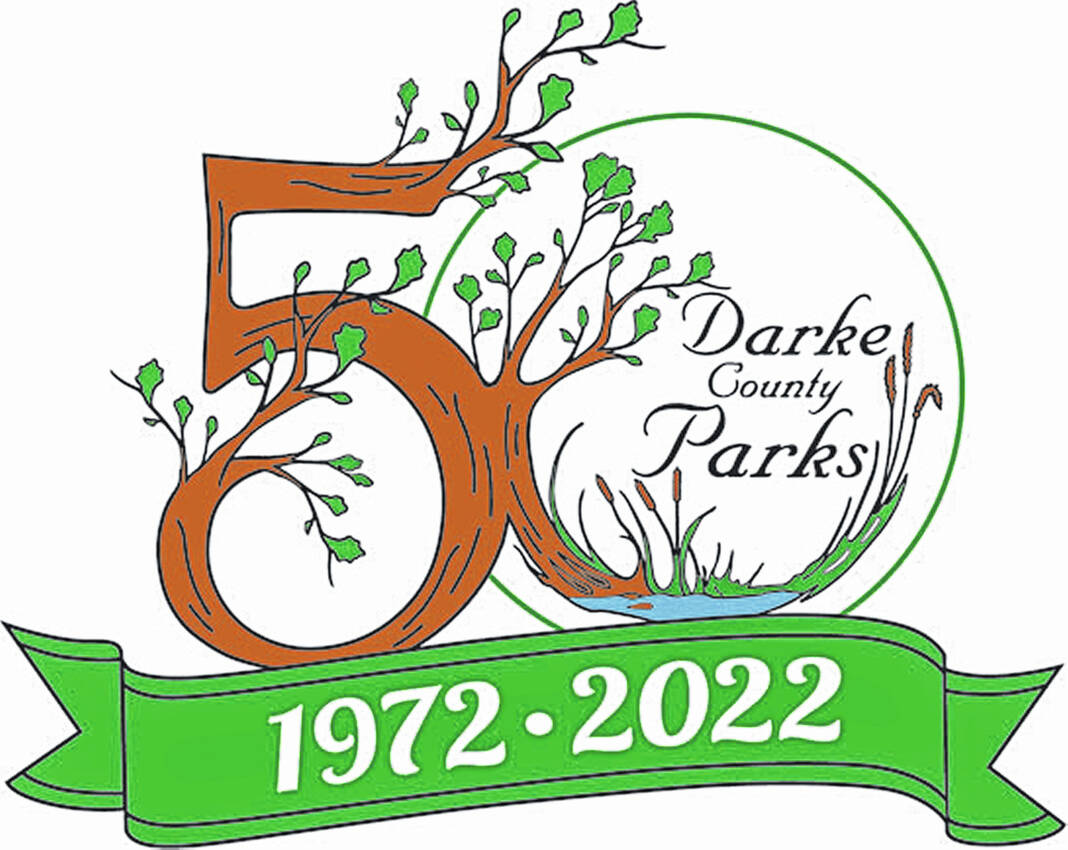

The holiday season is around the corner. It’s a time to get together with family, enjoy delicious food, and exchange gifts. Unfortunately, the holidays also come with a lot of waste. When I teach a conservation-type topic, I get a lot of “I never knew that! And “Well, what can I do differently?” I’ve come to realize that most people are just unaware, it’s not that they don’t care.
One of the largest sources of waste for most people is plastic, more specifically, single-use plastics. We can definitely see this around the holiday season, from the plastic gift bows to the plasticware we use for our family dinners. Did you know that there are seven different types of plastic? Of those seven, typically only #1, #2, and SOMETIMES #5 can be accepted in your curbside recycling bin. Even then, a great deal of what you put in your curbside bin actually ends up in a landfill and doesn’t make the cut in terms of material that can be repurposed.
What happens to all the plastic that ends up in our landfills? It pretty much stays there forever. Plastic can break down through a process called photodegradation. This is the process in which UV radiation from the sun breaks down the plastic into smaller pieces overtime. However, in a landfill…there’s not much extended exposure to the sun, so there the plastic is buried and will remain. Landfills are incredibly bad for the environment, releasing toxins and greenhouse gasses into the earth and air. They can also leach toxic materials into our groundwater.
So, what can you do? Cut back on plastic! Purchase products with biodegradable packaging. Glass packaging is also a great alternative, as glass can be infinitely recycled. Ditch the bottled water, plastic straw, and one-use shopping bags. There are plenty of great reusable alternatives out there, such as personalized reusable travel mugs, fancy reusable shopping bags, and handmade glass straws…AND they make wonderful gifts!
During the holiday season, you can consider additional changes to make. For instance, did you know that a live Christmas tree is more environmentally friendly than a fake? Christmas tree farms plant new trees each year to replace what they harvest. Until these trees are ready to be harvested, they provide habitat for wildlife and produce oxygen. When you’re ready to take your tree down, a real tree can be mulched and eventually biodegrades and returns nutrients back into the soil. On the other hand, even if you used your fake Christmas tree for 40 years, it will ultimately end up in the landfill with the same fate as the rest of the plastic there. If you use a live tree this season, remember you can drop it off at the Shawnee Prairie Preserve to be recycled during our Christmas Tree Recycling program (December 26th-January 31st).
If you’re interested in learning more about environmental conservation and what you can do, visit the Bish Discovery Center during open hours (M, W, F: 9am-5pm).




